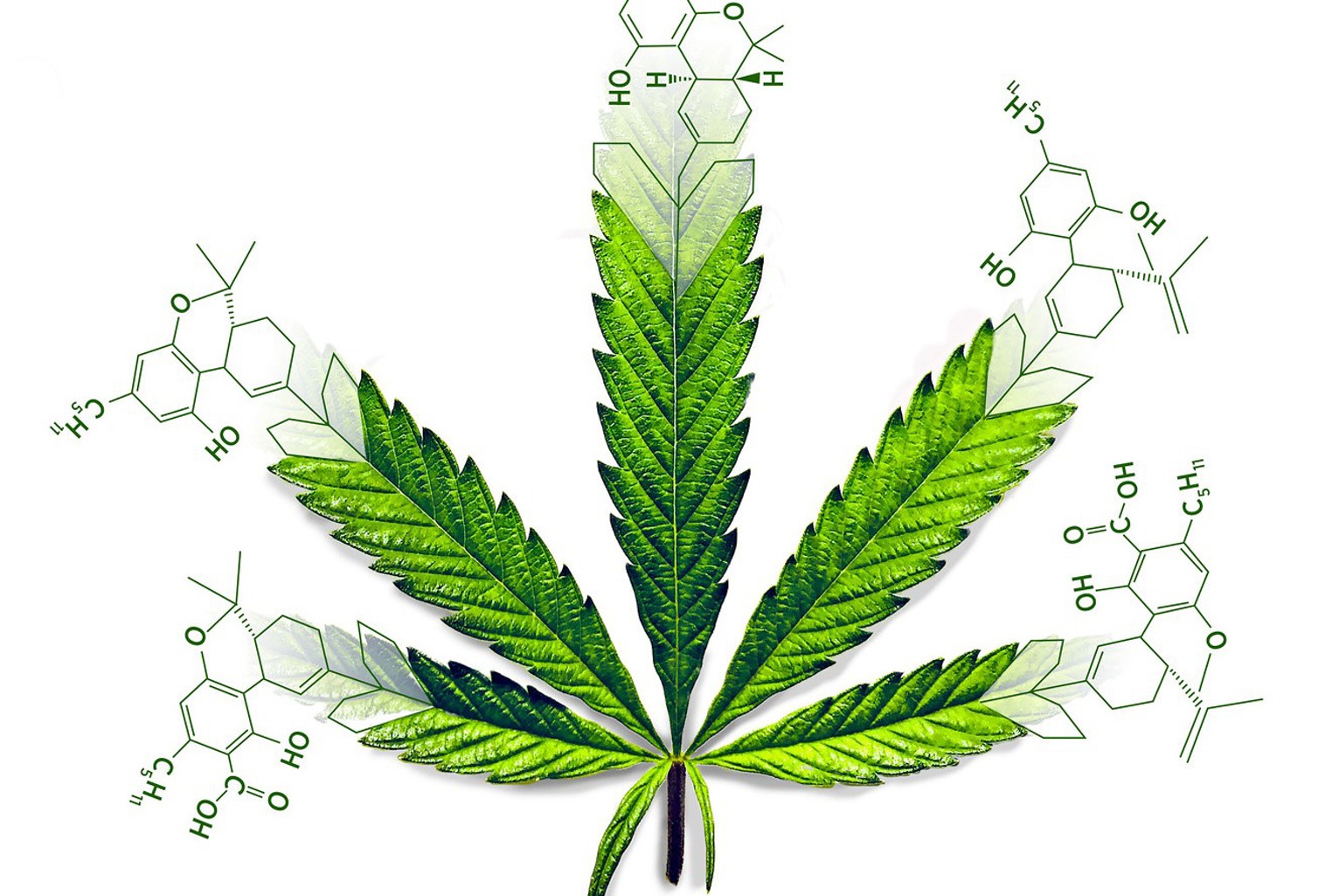Study Suggests Vaping, Dabbing Cannabinoid Acetates Can Create Toxic Gas


One study conducted by researchers out of Portland State University found evidence that suggests a toxic gas called ketene might be created when vaping or dabbing cannabinoid acetates, such as delta-8 THC acetate. The study was recently peer-reviewed and published in the journal Chemical Research in Toxicology.
Robert Strongin, one of the study’s lead researchers, told the Observer that they were interested in testing cannabinoid acetates because they have a very similar structure to vitamin E acetate, the substance strongly linked to the to the 2019-2020 outbreak of vaping-associated pulmonary injury. The outbreak saw 2,711 confirmed cases and 61 deaths. Other studies have suggested that ketene is created when vaping vitamin E acetate and could have played a role in the outbreak.
The fact that countless people may be vaping substances that are structurally very similar to vitamin E acetate was enough to sound alarms in the researchers’ minds and get them to dig deeper.
What they found is that ketene may be created at lower temperatures than previously thought and could accumulate to dangerous levels. The researchers haven’t been able to actually observe and capture ketene from these reactions, though. Generally speaking, Strongin explained, ketene is too reactive to be able to capture with normal lab equipment. So, what chemists look for instead is something called N-benzylacetamide, which is associated with the creation of ketene. The detection of N-benzylacetamide from vaped vitamin E acetate is what leads researchers to believe ketene may have played a role in the outbreak of vaping-associated pulmonary injury.
In vaping and dabbing the cannabinoid acetates for their study, researchers with the chemistry department at Portland State University detected N-benzylacetamide, leading them to believe ketene is being created.
They’re doing more work to confirm their findings, but Strongin said, “We wanted to put the word out so people would be cautious because it could be harmful and the longterm effects of inhaling [ketene] are unknown.”
It’s still uncertain whether the ketene potentially created while vaping these cannabinoid acetates is making it into people’s lungs. That’s because ketene might be reacting with water in the upper respiratory tract, turning it into acetic acid before it reaches the lungs.
The researchers hooked a dab rig and commercial vape pen up to a machine that could take a few puffs. From there, the researchers would capture and test the second-hand aerosol. Every cannabinoid they vaped or dabbed showed evidence of ketene creation in levels that can be dangerous to human health.
However, Strongin said there is a difference between these cannabinoids and their acetates, the latter of which is less prevalent in the cannabis market. “So, I wouldn’t expect just vaping or using delta-8 to immediately put people in the hospital,” he said.
Strongin said they’ve gotten flack from both pro-cannabis and anti-cannabis folks since they put out their findings. He said he doesn’t have a dog in the fight and just wants people to know if these substances can negatively impact their health.
“I’m not for or against anything,” he said. “We’re just trying to show people what some of the risks are.”
[ad_2]
Share this news on your Fb,Twitter and Whatsapp
Times News Network:Latest News Headlines
Times News Network||Health||New York||USA News||Technology||World News